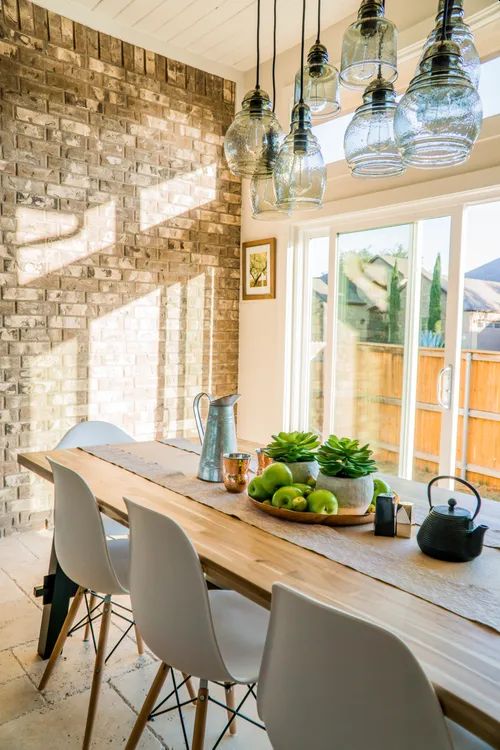Do you know the seemingly harmless mold growing on your wall can cause you health problems? Many people living in a damp environment with prolonged exposure to mold are suffering from asthma and other serious breathing conditions. Although mold is a natural component from breaking down or biodegradation of organic materials, it can be very harmful to our health. Mold usually grows in dark and damp areas. Your basement, attic, shower space, or kitchen can be susceptible to mold attack. Molds can grow on any surface –wood, paper, plastic, carpet, upholstery, and paint. If you have mold in your house, consult catsolutionsww.com experts, they will promptly take action and help you get rid of a mold problem.
What Is Mold?
Mold is a type of fungal living microbe. It thrives on moisture and can grow both outdoor and indoor. Molds spread through spores, which float around everywhere. Whenever the spores land on a suitable surface and get a comfortable environment, they start to grow. Molds can be of diverse colors and have a fluffy appearance.
Types of Mold Growing In Your House
Although there are more than 300000 types of mold, there are some common types that grow indoor. Some molds are used in biotechnology, to produce foods and beverages and antibiotics. Common types of molds growing in houses are- Aspergillus (grows on building surface), Cladosporium (grows on fabric or wood), penicillium (grows on water damaged surface). The Duct Kings Water Damage and Restoration can provide you some solution to get rid of molds from wet surfaces.
How Molds Grow In Your House
Mold spores that float in the air can get in your house through your doors, windows, or your shoe. If the spores land on a suitable surface and get nutrients they start to grow. Damp and dark places are usually the optimum environment for mold. Mold starts to grow within 24 hours of settling on a wet surface and will be visible to you once they form a large colony.
Common Health Problems from Mold
Molds can be dangerous for people with existing respiratory problems and allergic conditions. As molds break down particles they can create dust problems in the house. It can eventually lead to asthma, chronic lung disease, bronchitis, and allergic conditions like-symptoms of hay fever, skin irritation. It can also affect a person’s immune system causing fatigue and headache.
Mold Removal
You can remove mold from a surface by cleaning or getting rid of the surface. But it is a short term solution, if the surface remains damp, mold will grow right back again. Also, you can not completely get rid of mold as you can’t remove the spores that float in the air. The best way to stop mold growth is to control the humidity and create an unsuitable environment for those spores.
Mold Remediation
The multi-step remediation process provides a long term solution that deals with the root cause of mold growth. Mold remediation will help you get your mold growth to an acceptable level, as it is impossible to completely get rid of mold. The process finds the cause of your mold problem and determines a solution to tone it down to a natural level. The basic steps of the mold removal Tacoma process are explained here.
Assessment of Mold
At this initial stage, mold experts will take samples from your house to determine the type of mold you have. They might take some air samples to determine the spore count and level of mold contamination. Determining the type and scale of mold growth can help them figure out the possible remedial action.
Sealing Off the Contaminated Area
The mold affected area is sealed off to stop it from spreading in other areas. The area can be sealed off by putting up a negative air pressure system so that the air containing spores can’t get out of that area. All air cooling or conditioning system must be turned off for that.
Filtering the Indoor Air
Indoor air is filtered to reduce the number of spores that can germinate. In most cases, High-Efficiency Particulate Air (HEPA) is used for air filtration. The indoor moisture level should also be around 30%-50% to curb mold growth. Maintaining humidity by proper air conditioning can come a long way to stop mold growth.
Restoring Water Damaged Surfaces
Most mold outbreaks are the result of a leaky water system and water damaged surfaces. If you have leaks in your water system it needs to be sealed off. Mold experts can find hidden leaks with an infrared scanner and take remedial plumbing or construction solutions to stop it.
Getting Rid of Existing Mold Colonies
Mold can form large colonies on both hard and porous surfaces. It is easy to clean mold off from a hard surface by wiping it with bleach or other chemicals. Cleaning mold from porous surfaces such as drywall, wallpaper, and wooden surface is more complex. If the mold attack is severe, you might have to get rid of the surface itself.
Home Sanitization
At the very last stage, your home and belongings – clothes, fabrics, books, utensils, furniture must be sanitized. You should also maintain proper humidity control to avoid further mold contamination.
To sum it all up, you can never remove mold completely out of your house. What you can do is to control it to a level at which it doesn’t affect your health and belongings. The best way to deal with the mold problem is to find a proper mold remedial service who can find out the root cause of mold attack in your house and prevent further growth. You should also conduct a regular inspection for identifying early signs of any mold attack. Overall you should keep your house clean, dry or moisture controlled, and well ventilated to keep your house safe from mold attack.

